Cerebral Palsy
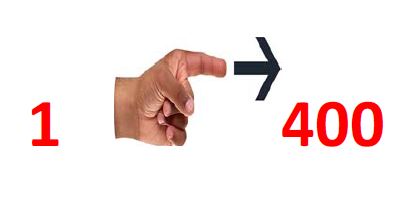
1 in 400 people have cerebral palsy
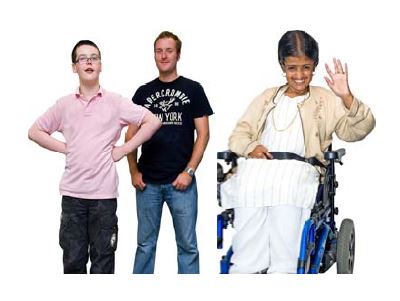
Men and Women can have cerebral palsy
Men are more likely to be affected
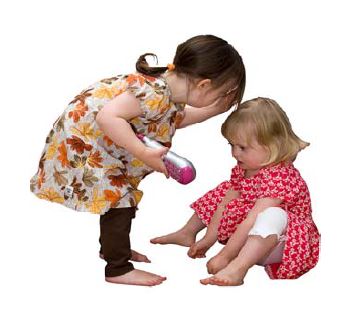
Appears when you are young (infancy or early childhood)
Everyone is affected differently
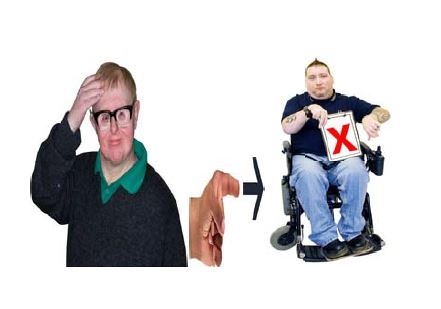
Messages from your brain to your body get mixed up

It can affect your body movement
It can affect how you speak
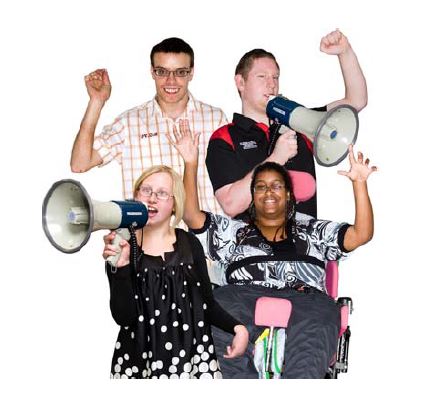
Cause may not be known
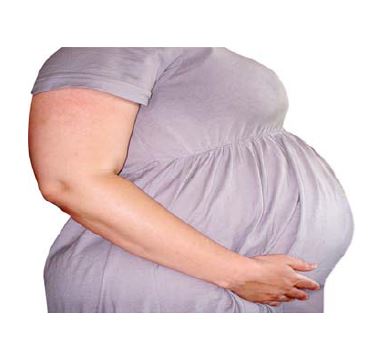
Before Birth
Born early (before 37 weeks)
Infection such as rubella (German Measles)
Mother and baby have different blood types
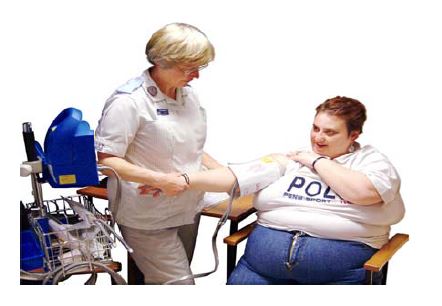
Mother having high blood pressure
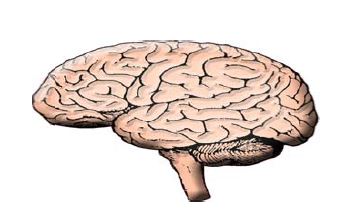
Brain may not develop fully
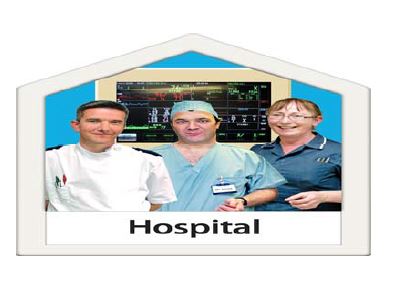
During Birth
Severe Lack of Oxygen Low birth weight
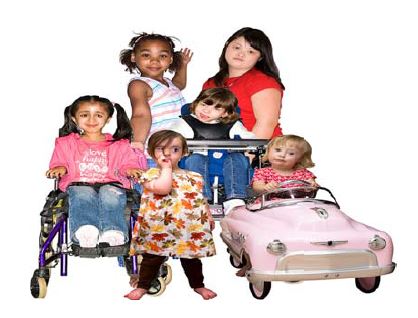
More than one baby being born at the same time
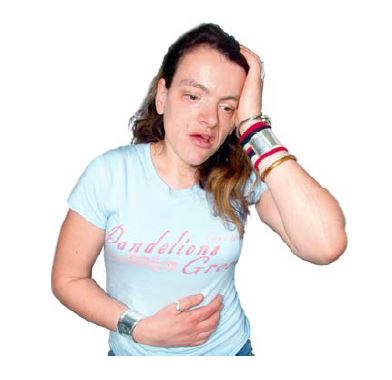
After Birth
Infection (meningitis)
Head Injury
Signs & Symptoms
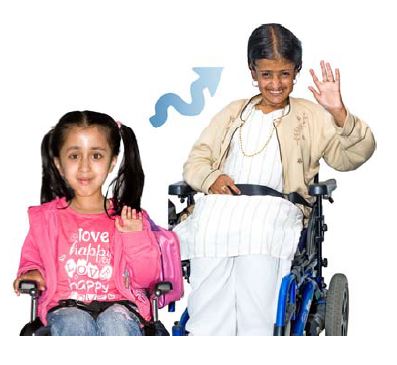
Baby ‐ 6 months of age
Head floppy (lags) when picked up from a lying position
Baby can feel stiff or floppy
Legs get stiff and cross or scissor when baby is picked up
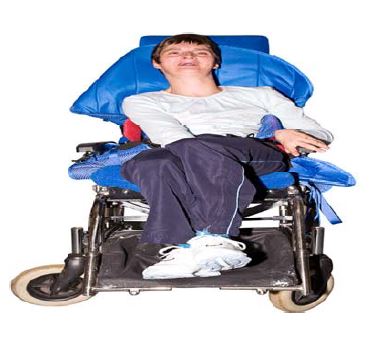
6 months ‐ 10 months
Doesn’t roll over in either direction
Cannot bring hands together (clapping)
Difficulty bringing hand to mouth
Reaches with one hand and other hand is fisted
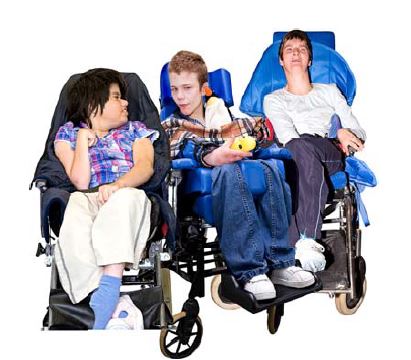
10 months+
Crawls with a lopsided manner
Pushes off with one hand and leg – while dragging the opposite leg
Cannot stand without support
Some people with cerebral palsy can also have
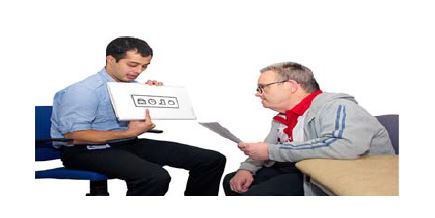
Problems with their Eyes (vision)
Talking
Hearing

Touch (physical or perception sensation)
May also have
Epilepsy
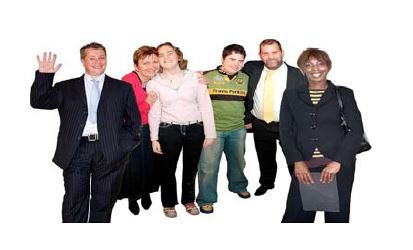
Or a
Learning Disability
Three Types of Cerebral Palsy
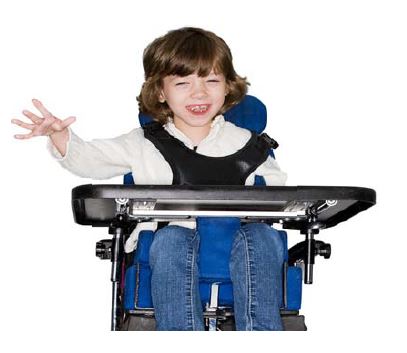
Spasticity (most common)
Stiff or tight muscles and exaggerated movements
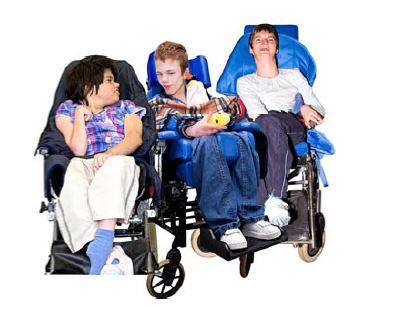
Athetoid (Dyskinetic)
Involuntary Movements
Athetoid (affects limbs)‐ limbs move in an uncontrolled way
Dyskinetic (affects body/trunk)
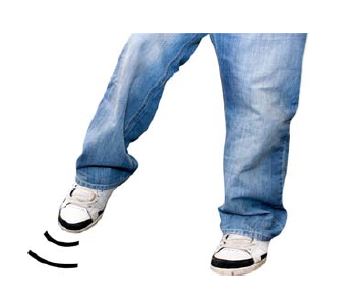
Ataxia
Lack of muscle coordination when performing voluntary movements
Affects walking
Arm movement
Poor balance
Affects the body
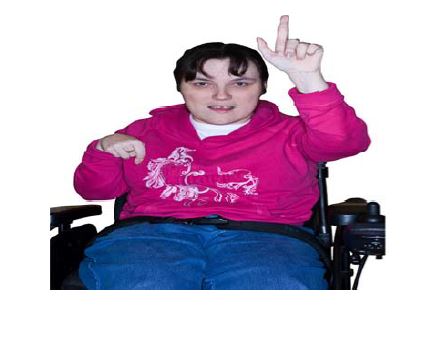
Hemiplegia
Affects one side of the body (arm and leg)
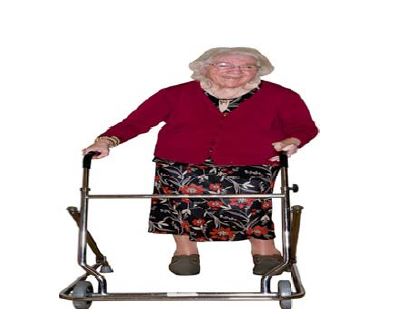
Diplegia
Mostly affects the legs, with face and hands only slightly affected
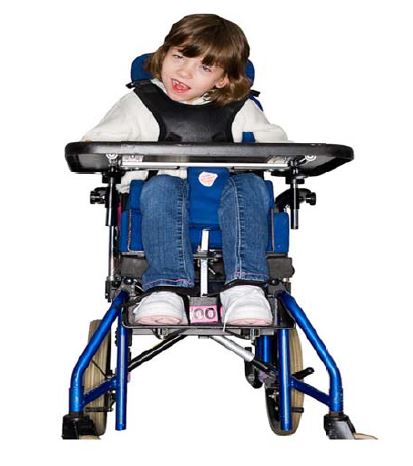
Quadriplegia
Severe stiffness in all arms and legs
May have a floppy neck which affects head control
May affect the trunk
Effects on activities of daily living
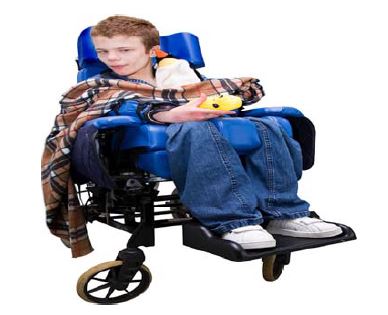
Breathing with increased risk of chest infections
Communication (talking and body movement)
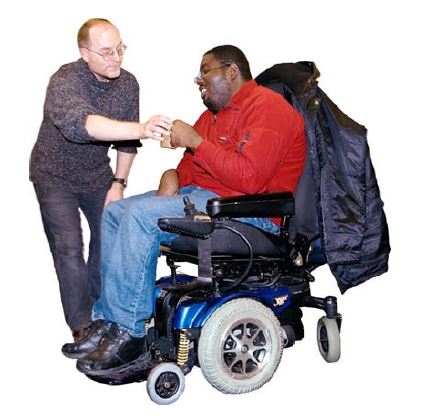
Controlling your body temperature
Eating and drinking
Elimination (bowels and bladder)
Expressing sexuality
Mobilising
Maintaining a safe environment
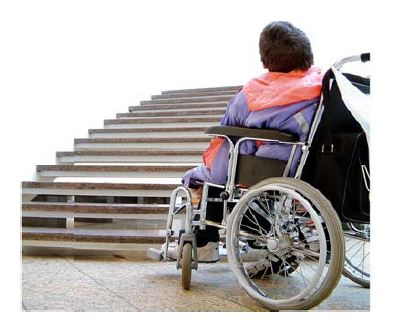
Sleeping
Personal cleansing and dressing
Working and playing
Who Can Help
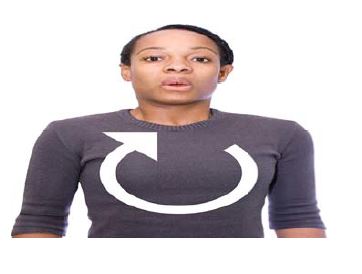
Physiotherapists (Physio’s):
Exercises (Mobility)
Postural Management (Sitting, Lying, stand ng)
Respiratory Management (Chest and breathing)
Specialist Therapies
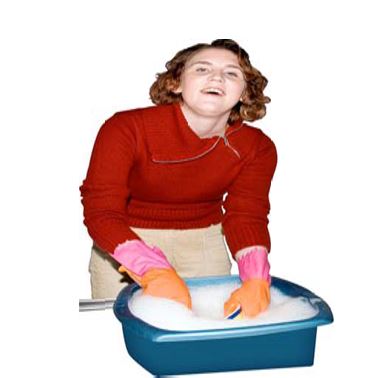
Occupational Therapists (OT’s):
Specialist list equipment so you can take part in activities that you want or need to do
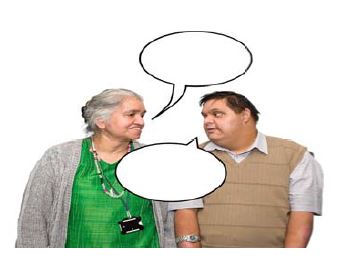
Speech & Language Therapists:
Communication
Swallowing Assessment
Eating and drinking
Dieticians:
Diet (Eating & Drinking
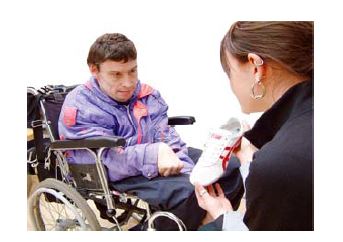
Orthoptist:
Specialist list footwear
Splints
Your Feedback – comments, concerns and complaints
NHS Lanarkshire is committed to improving the service it provides to patients and their families. We therefore want to hear from you about your experience. If you would like to tell us about this please visit our feedback page.

